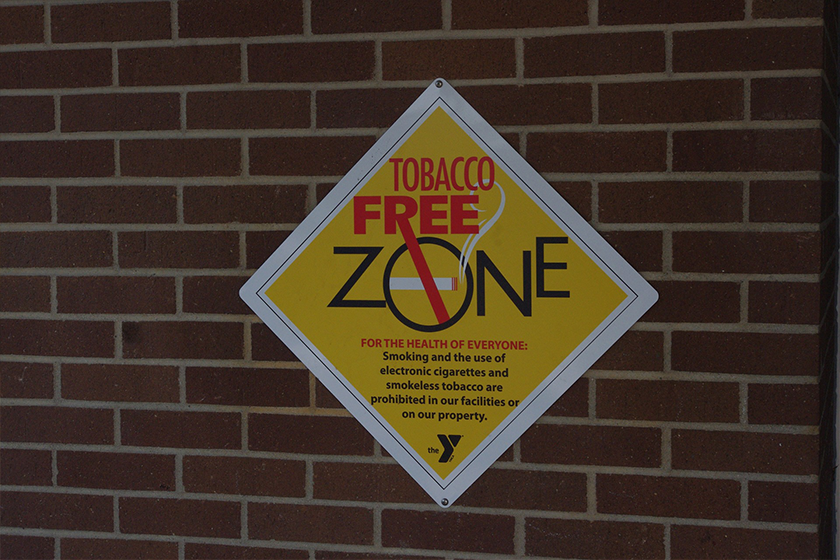Lawyers, Power, and Strategic Expertise
The only sound in a courtroom is the hum of the ventilation system. It feels as if everyone in the room is holding their breath . . . . Litigants are uneasy in the courthouse, plaintiffs and defendants alike. They fidget. They keep their coats on. They clutch their sheaves of paper — rent receipts and summonses, leases and bills. You can always tell the lawyers, because they claim the front row, take off their jackets, lay out their files. It’s not just their ease with the language and the process that sets them apart. They dominate the space.” This empirical study analyzes the experience of the parties described above, specifically the power, representation, and strategic expertise they bring to a dispute. Our analysis of these factors clarifies how representation may be a solution to the access to justice crisis. We find that a representative helps most parties most of the time. We also find that the other party’s representation and the representative’s strategic expertise are significant factors for understanding representation for civil litigants. This …










